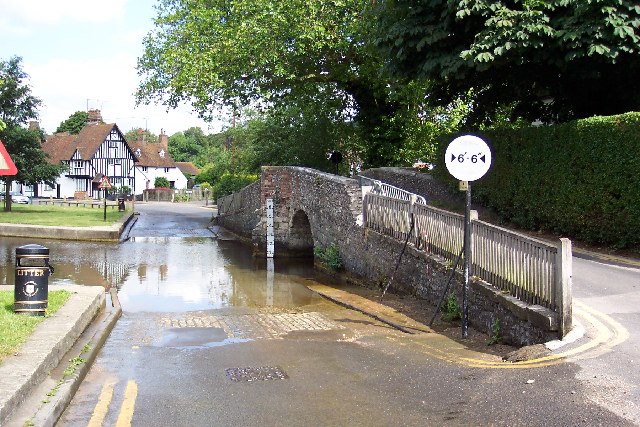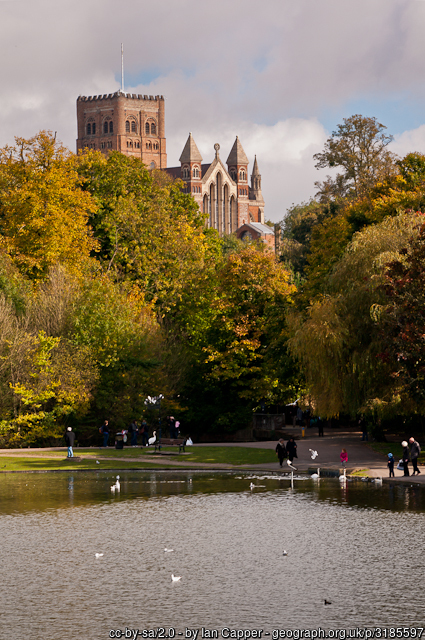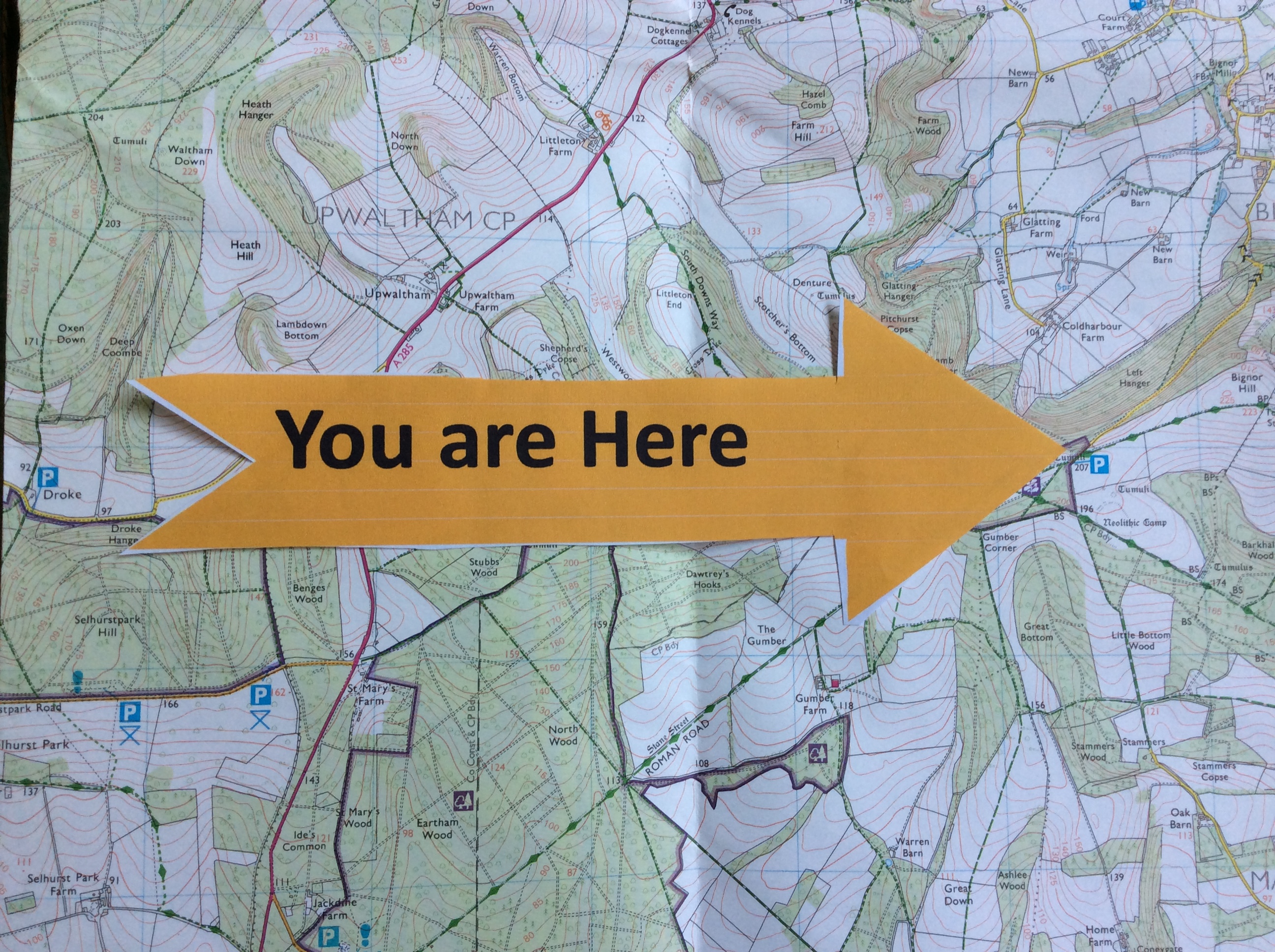
Lullingstone Roman Villa reveals the earliest known evidence of the Christian Faith in Britain. As early as 360AD the Christian Faith was beginning to spread in this country. This villa is one of the best preserved in Britain.
Lullingstone Roman Villa
When we lived in Kent, a favourite short day trip was to the nearby village of Eynsford in the Darent Valley. The valley carves out its graceful course through the hills of the North Downs. This was hop growing country and some is still grown here.
The picturesque ford at Eynsford is much photographed and appears in many of the guide books on Kent. Nearby is the famous Lullingstone Roman Villa which was discovered by a farmer when using a digger to put up a fence post. It was a surprising and most important discovery, for in these remains of the villa there are evidences of an early Christian place of worship. It’s a beautiful spot beside the river and set on the warm south-facing side of the sheltered valley. The Romans certainly knew how to choose the best sites for their villas.

Lullingstone’s Christian Symbols
This is one of the best preserved Roman villas in the country. It was begun in about AD 100 and reached its peak of luxury in the mid-4th century, when a big new dining room was added with some displays of spectacular mosaics. From the Christian symbols in the small worship room here it seems that the owners had adopted the Christian faith.
According to English Heritage, which maintains the site at Lullingstone:
‘The evidence of the Christian house-church is a unique discovery for Roman Britain and the wall paintings are of international importance. Not only do they provide some of the earliest evidence for Christianity in Britain, they are almost unique – the closest parallels come from a house-church in Dura Europus, Syria.’

Early Christian Britain
The earliest confirmed written evidence for Christianity in Britain is a statement by Tertullian, c. 200 AD, in which he described:
“all the limits of the Spains, and the diverse nations of the Gauls, and the haunts of the Britons, inaccessible to the Romans, but subjugated to Christ”.

Archaeological evidence for Christian communities begins to appear in the 3rd and 4th centuries. The first known martyrdom occurred in AD 304 with the death of St Alban. The tide of persecution was now ebbing and in AD 313 under Constantine, Christianity became the religion of the Empire. British bishops are recorded as attending the Council of Arles AD 314 and possibly the important Council of Nicea AD 325.
Forgotten Christian Roots
I expect we’ve all had the experience of looking at a wall map at some public place and seeing the caption “YOU ARE HERE”. The trouble is your orientation is at sixes and sevens and you can’t make out where ‘Here’ is ! You look desperately around the map to try to find some familiar landmark or a road that you’ve just travelled. In a sense it’s always impossible to know where we are, until we’ve discovered where we’ve come from.

A previous Archbishop of Canterbury, George Carey, likened present day British society to a person with amnesia (loss of memory). We’ve forgotten where we’ve come from and we’re no longer aware of our rich Christian heritage. We’ve forgotten our roots as a nation.
Everywhere you go in Britain you walk in other men’s and women’s footprints from past ages. Every ancient church, cathedral, or meeting place is a reminder of our Christian past.
You can’t get away from it – Britain is a country with a great Christian tradition. There’s a website called ‘England’s Christian Heritage’ which enables you, to ‘walk in the footsteps’ of some of the notable Christians from your area. History lies beneath our feet, unknown and unnoticed. We’re walking where others have walked.
Next time you’re drilling a hole for a fence post, watch out – you just never know, you might be unearthing history !
I love to live in a country that has such a fascinating history, so many layers of people who have gone before, which makes it all the richer for us to live here now.
LikeLike
Yes indeed. But sadly not all of our rich history has been praiseworthy. Happily there have always been some shining ‘lights’ even in the darkest times. Often these were humble men and women who sought to live a Christ-like life. Our country has been all the better from their influence. The way of wisdom, all too rare these days, seeks to follow in their footsteps – not an easy task in our modern world.
LikeLiked by 1 person